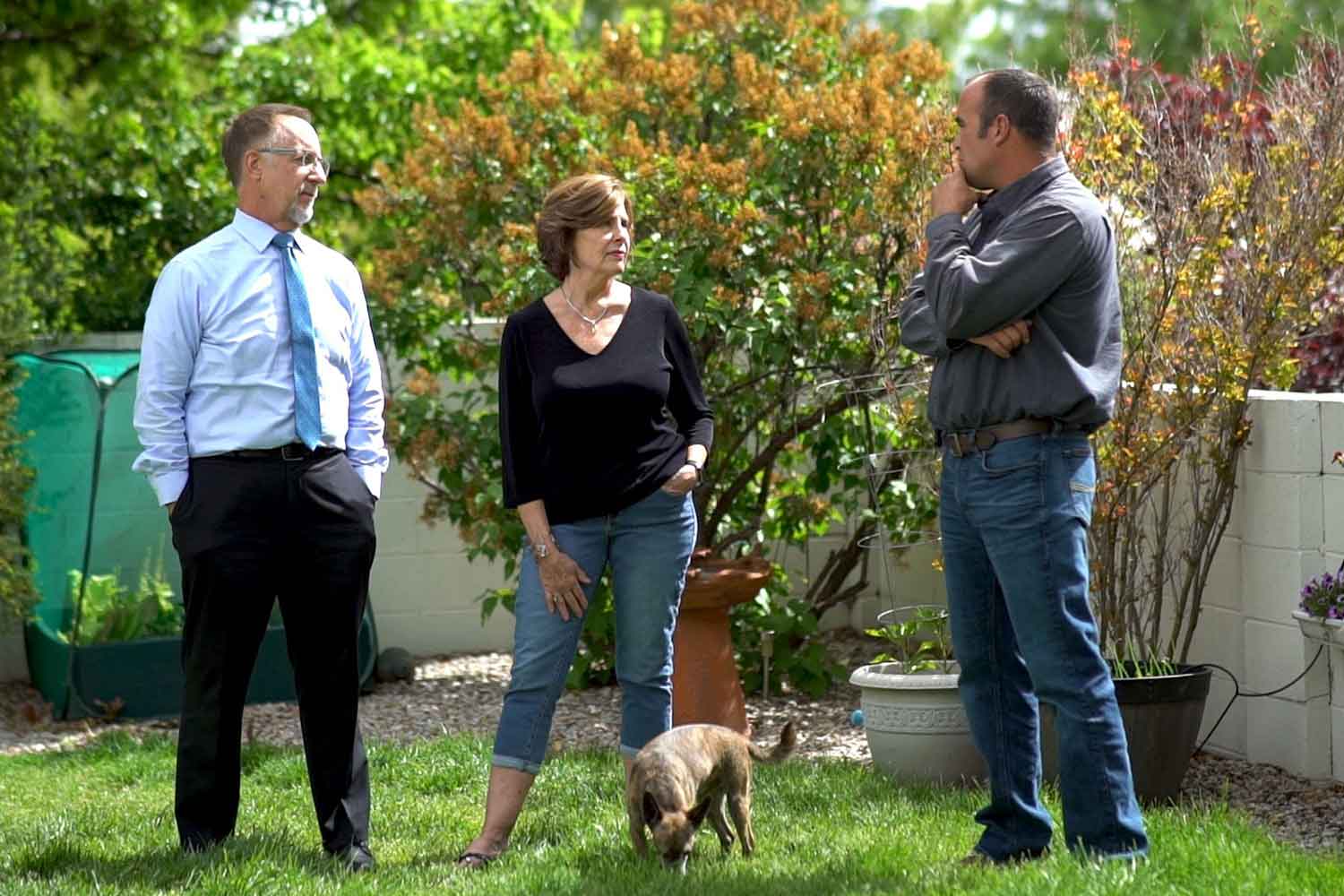The incursion of tree roots in your drain lines is a serious – and potentially costly – issue.
Roots tend to thrive in the moist, nutrient-rich environment inside pipes; they can enter through hairline cracks, or even incompletely sealed joints. Once they have grown large enough to block your pipes and create drainage problems, you may eventually be forced to call a plumber near you, to replace your pipes.
It’s best to keep roots out of your pipes in the first place, which can be an arduous process. There are four ways to accomplish this: cultural, physical, mechanical and chemical. Here is a closer look at these methods.
- Cultural Control. This is the simplest method; it involves placing your drain lines in a location in which roots are unlikely to grow. Unfortunately, once the lines are in and the problem has arisen, it’s too late for this method.
- Physical Control. If you discover that tree roots have already found their way through gaps and openings in your pipes, you can physically deal with the situation one of two ways: removing the tree, or lining or replacing the pipes. This might be your best option if your pipes are old or in danger of collapsing. If they are still in good shape, you can choose one of two options; inserting an inflatable liner, or feeding a seamless liner through the pipes, which is called slip-lining. Lining your pipes can be more expensive than replacing them, and should only be considered when replacement or tree removal isn’t practical.
- Mechanical Control. There are several methods to mechanically remove tree roots that have grown in sewers. Specialists in root control can use augers or cutters, or they can use winches to pull abrasive brushes and scrapers through the waste lines. While these methods are used to remove roots that are already causing a blockage, they are ineffective against preventing new growth. Roots that grow back after cutting have a tendency to be stronger than ones that were cut. Because of this, mechanical control is usually used along with another form of control.
- Chemical Control. Chemicals that kill roots can also kill plants and become an environmental hazard. One treatment for controlling roots – copper sulphate – is considered safe to use on municipal waste, and not septic, systems. Plumbers and homeowners often treat roots by pouring it into a toilet, but its effectiveness diminishes because it doesn’t stay in pipes for long. For that reason, you might be better filling your pipes with a foam consisting of metam-sodium and dichlobenil. This mixture sticks to the walls of the pipe as well as the roots, killing them within hours. It may then take up to a year for them to decompose and wash away.
Of course, your best bet is to contact a plumbing professional like B&D Industries, Inc. We’re your 24/7 plumber, dedicated to ensuring the success and longevity of your residential plumbing system. Whether you need to deal with tree roots in your drain lines, an inspection of your entire plumbing system, schedule preventative maintenance, a full plumbing remodel or re-pipe, or 24/7 emergency service, call the plumber that’s earned its reputation as the Duke City’s premier team of Exceptional People Achieving Exceptional Results – B&D Industries, Inc.


